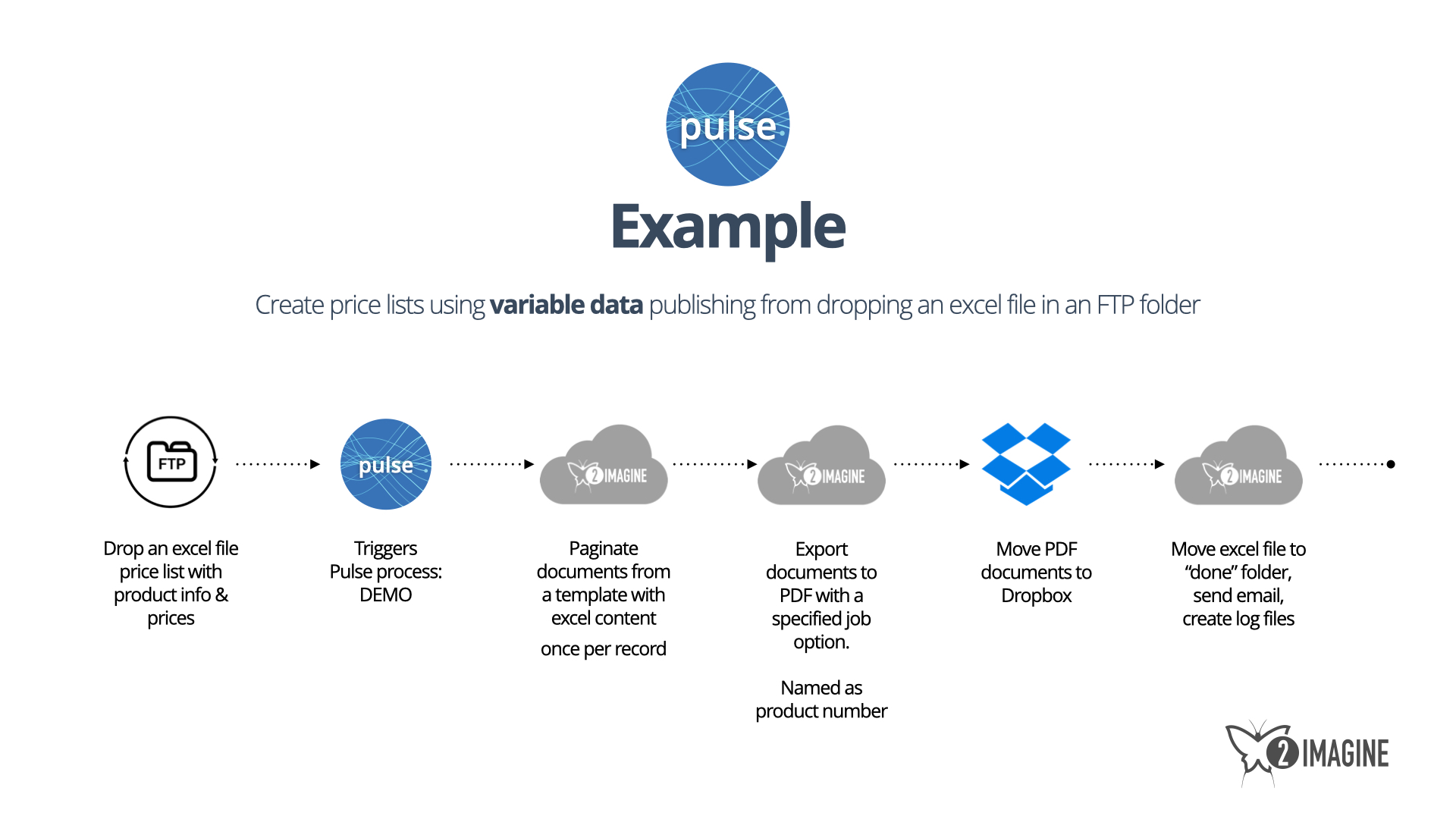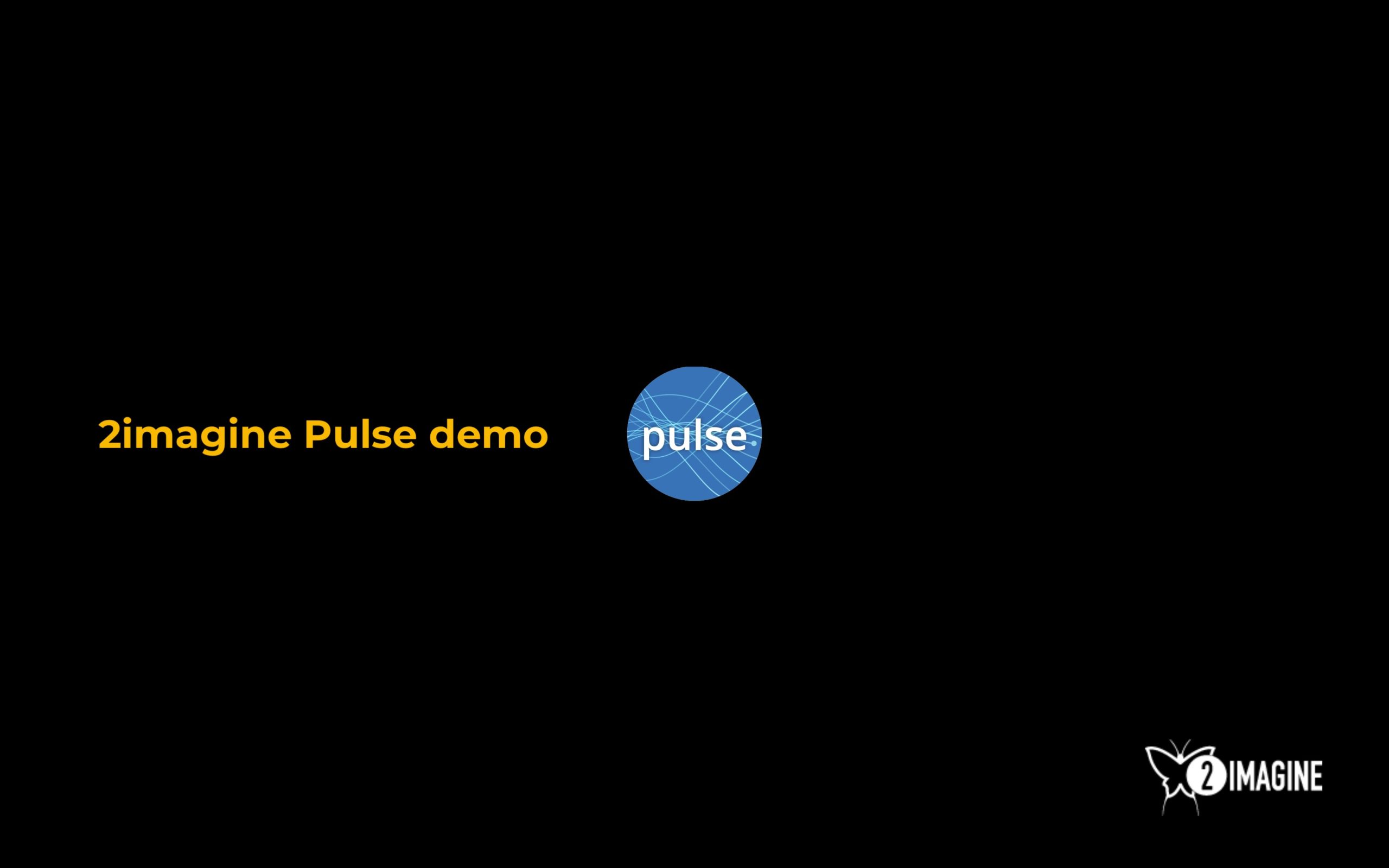PROBLEM STATEMENT
Retail Marketing organisations need to deliver faster and be more efficient.
Creative teams are under constant pressure to deliver more output and manage more content requests, with reducing resources. To boost conversion rates, they need to make endless, resource-consuming, often imperceptible variations to the content.
Fuelling segmentation, personalization and localization for every channel and screen size is an arduous task.
But print output remains a complex production process. It requires many stakeholders working close together and with (too) many review cycles.
A serious issue…
I wanted to solve this inefficient process. With most people working from home office, resources need to be used as efficient as possible. Generating all the required documents for retail in a manual way is just not possible anymore and waste of resources. Retail POS, product sheets, price labels and also (digital) web banners consume more resources and time than available or economic viable.
SOLUTION
It was a challenging exercise to initiate a new idea, based on the solutions 2imagine already provides to retail marketing organizations.
Especially because 2imagine staff was working from home. All steps were done via Teams, Miro and other online tools.
After in-depth research with various stakeholders, customers and intern development team, a clearly defined POC was developed in a few agile sprints.
I used mock-ups to get user test feedback.
After 6 months, we launched a new module: 2imagine Pulse.
I used the design thinking process to finalize the initial idea: the double diamond process with focus on the discovery & definition steps. Given the Covid19 restrictions and threats, we needed to be 100% sure that the new product added enough value and was focused on our target market.
MY ROLE
As product manager, I’m in the centre overlap of business, tech and UX requirements. It’s my job as initiator, researcher and team leader for finding the correct product to serve the customer / market needs.
I used my design thinking process experience and value proposition canvas from Strategyzer to define the product scope.
Miro and Teams sessions to ideate with team.
Adobe XD for the high fidelity mockups, used for testing.
After iterations, these design were also used in the development.


